UPDATE 2011
SUSAN'S DANCE: homage to Matisse
a work in progress 2010-2011
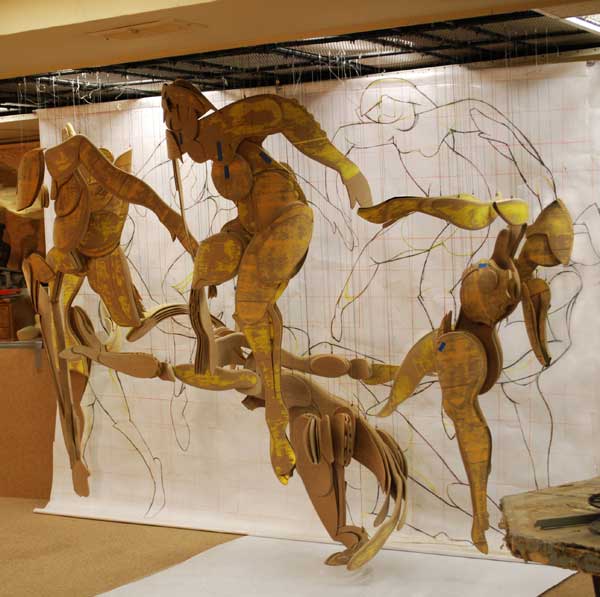
The "strings" are part of the sculpture therefore the height
can be adjusted to any gallery's ceiling. W - 244" D - 108"
"Susan's Dance", is a continuation of the thought process that inspired "String Theory" (see update 2010). The suspended cardboard sculpture will be completed in the summer of 2011.
These photographs show drawings and sculptures based on Henri Matisse's 1909 master piece, "Dance II". Matisse's familiar image was chosen to show an absence of time, as we know it. I have reinterpreted Matisse's 200 year old painting, as a contemporary work in the third dimension. The scientific formula for string theory contains time as its eleventh dimension. However, the formula says that all time, past, present and future, is happening simultaneously.
My sculpture, "String Theory" was heavily influenced by gravity. Sir Isaac Newton united heaven and earth by saying that the same force that caused the apple to fall down also moves the moon around the earth. "String Theory" shows the pull of gravity on its figures'.
String Theory also says that everything is connected by a membrane or strings, and that these strings vibrate. "Susan's Dance" shows motion, both in time and space.

"Dance II". Henry Matisse
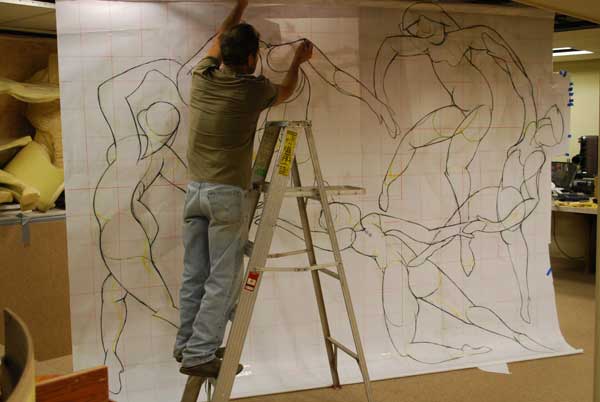
The drawings are a way for me to get my bearings, and remain true to Matisse's use of space in his painting. The drawings also reflect a two dimensional image that becomes three dimensional. They will be removed later in the sculpting process, and will not be part of the completed sculpture.
The figure on the far left is figure #1, next to its right side is figure #2, and so on. Figure #5, the lowest figure, has been moved from the front to the back. The arms of figure #4 have been changed to connect with the new positions of figures #3 and #5. Figures #1, #2 and #3 will be moved forward approximately two feet, leaving Figures #5 and #1 in the background.

Above, the first photograph shows work on the drawing from the front.
The last photograph shows a drawing from back side of the sculpture.
The first scheduled exhibition of "Susan's Dance" will take place at the Lubeznik Center for the Arts, October 7- December 18, 2011 with an opening reception on October 14 from 6-8 p.m., Michigan City Indiana. "String Theory", "M Theory" and "Expanding Gravity" will also be shown at the museum. www.lubeznikcenter.org
UPDATE 2010
STRING THEORY: 2010 studio installation
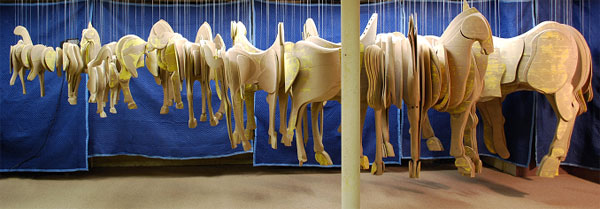
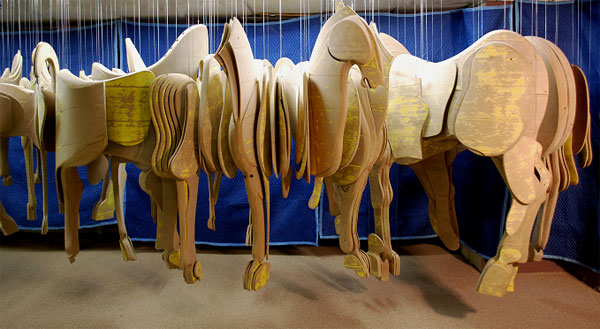
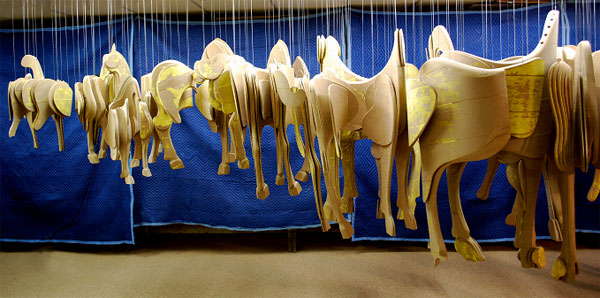
Physics has evolved and its domain changed over time; we see a similar evolution in the work of the artist, Jözef Sumichrast. After years as a successful painter, he changed his life to focus exclusively on sculpture. In doing so, his work began to study multiple dimensions of subjects, and to represent not only their dimensions, but also their dynamics. As in physics, the artist’s purpose was to expand our understanding of matter/energy and its relationship to space/time. Early Sumichrast sculptures warped dimensions so three-dimensional objects were compressed and curved. This allowed the viewer to more fully appreciate the whole by providing a new perspective. It provided a way to see object parts which exist simultaneously yet normally cannot be seen simultaneously. This was a more natural looking and intuitive approach to the multi-view advance achieved by cubism early in the 20th century.
Sculpture has most naturally been limited to three dimensions although some artists use motion to add another dimension. Sumichrast uses a different technique—he relies on the motion of the viewer to create motion in the sculpture. While this technique undeniably has roots into Sumichrast’s earlier work (see Narrow Horses II for an excellent precursor) it reaches new heights in String Theory. The observer interacts with the observed—the observer creates his personal moving experience. One is reminded of the Heisenberg Uncertainty Principle which can be thought of as demonstrating that observation is only possible when the observer and observed interact.
The sculpture is comprised of eleven horses and the strings which suspend them. The horse theme connects this work to decades of prior work by the artist just as every new scientific theory is based on prior observations and explanations. The horses are held in parallel by the first force of nature to be explained by modern physics. The number of horses corresponds to the number of dimensions required by the most inclusive version of string theory (M theory). The size of the sculpture is indeterminate like the size of the universe—its height, length and width are determined by the installation and so may expand or contract. Changing physical human perspective provides a more satisfying and unified experience of String Theory just as changing mental human perspective provides a more satisfying and unified understanding of the universe.
There are other commonalties between String Theory the sculpture and String Theory the scientific theory. They are both evolving as I write these words—each becoming more complex, satisfying, and indeed, elegant. The sculpture and the theory will both influence the future as their creators expand them, and as others view, interpret, and someday, transcend them with new works. String theory the sculpture has not yet been tested through public viewing, critical review, and observation of how subsequent sculpture will be influenced by it. In science, string theory has yet to show that it can predict observable results which differ from more established theories. Ultimately, both must stand the test of what we call time.
Dr. Robert T Sumichrast
Dean Terry College of Business
The University of Georgia
STRING THEORY: a work in progress 2008 – 2010
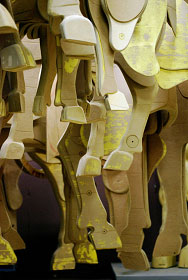 |
|
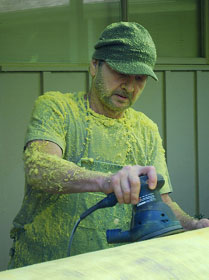 |
|
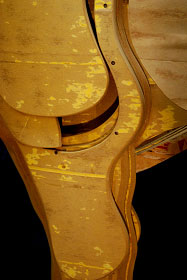 |
|
|
|
|
||
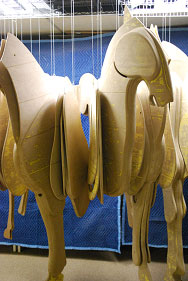 |
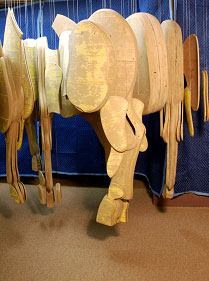 |
 |
||
|
|
|
|
||
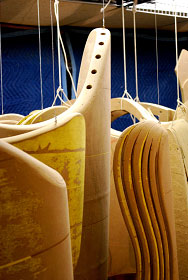 |
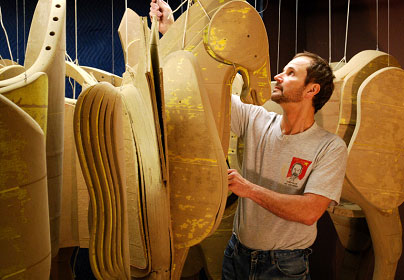 |
|||
